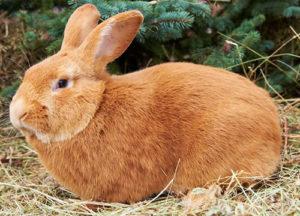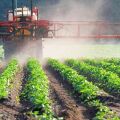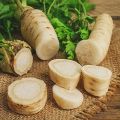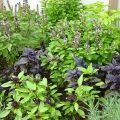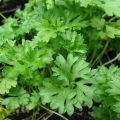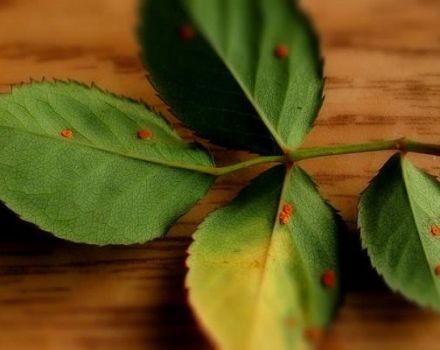What grass can and can not be given to rabbits and feeding rules
Hay or slightly wilted greens form the basis of the diet of furry pets. Grasses contain many nutrients and contribute to the full growth and development of animals. However, you need to control the composition of the feed and know what herbs can and cannot be given to rabbits. Plants are collected in different places: fields, meadows, a summer cottage, a vegetable garden, forest edges.
What grass do rabbits eat?
Vegetable mass forms the basis of animal nutrition. You can diversify your diet with all kinds of useful plants. The main requirement is to properly prepare the green mass for feeding to rodents.
Meadow, field and forest grasses
The main value of herbs is ecological purity. Spring days and early summer are the optimal period for collecting natural food. The green mass is based on proteins, many nutrients. The most useful are:
- sylphium;
- Red clover;
- fodder lupine;
- alfalfa;
- Vika.

Wild crops may well form the basis of a rabbit's diet. This is a cheap raw material that you can stock up on for a long time. Before adding to the feed, the greens are washed and dried to a dried state. Plants must be dried well before storage.
Garden
An excellent option to feed the pets is to collect green mass from the garden. Parsley, pepper, celery, rhubarb, green peas are suitable for feeding rabbits. A good solution to diversify your diet is to use beet tops.
Often summer residents feed weeds to animals. This is the best way to combine weeding and animal feeding. For food, garden nettle, dandelion, thistle, quinoa, wild clover, plantain, shepherd's purse will fit.
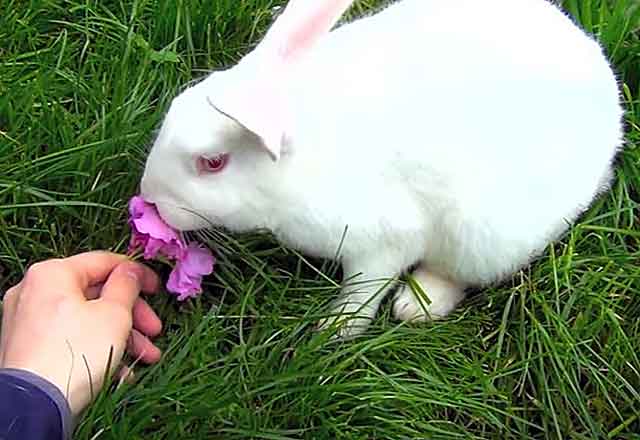
When using any garden crops, general rules are followed. Greens are fed dry / dried, but not wet. Small twigs of fruit trees (plum, apricot, bird cherry) are often mixed into the grass. The animals gnaw with pleasure on a thin vine.
Medicinal
Breeders periodically add a small amount of medicinal plants to the food for eared pets (about 30% of the diet). The most commonly used are sage, lemon balm, mint, cumin and even juniper. Sometimes nettles are added to the feed, pretreated with steam and dried. A small amount of wormwood can help treat an upset bowel movement. At the same time, farmers note that small additions of medicinal crops improve the taste of meat.
Collecting herbs can be done several times during the spring and summer season. The green mass is torn off before and after flowering. The feed preparation process is standard - the plants are mowed, dried a little.
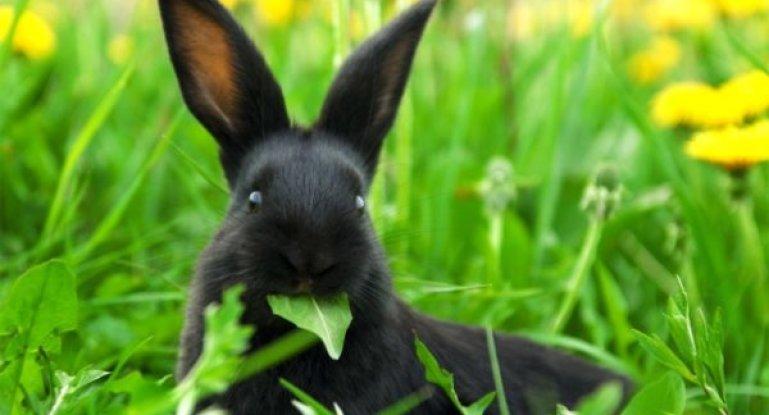
What herb shouldn't be given?
Naturally, among the many herbs growing in meadows and fields, there are species that should not be given to animals. As a rule, rabbits refuse to eat harmful plants. But it will be safer to independently control the composition of dry food. The following cultures are not added to the food of animals:
- celandine, provoking severe bowel disorders;
- dope and foxglove, which cause heart rhythm disturbances;
- eating cornflower horned rabbits leads to cramps, vomiting, muscle paralysis;
- hemlock, negatively affecting the nervous system of animals (convulsions appear, paralysis of the hind legs).
The flora of fields and meadows is very diverse. It is not surprising that an ordinary summer resident does not understand the composition of the herbs growing nearby. Therefore, it is better to use greens from your own garden.
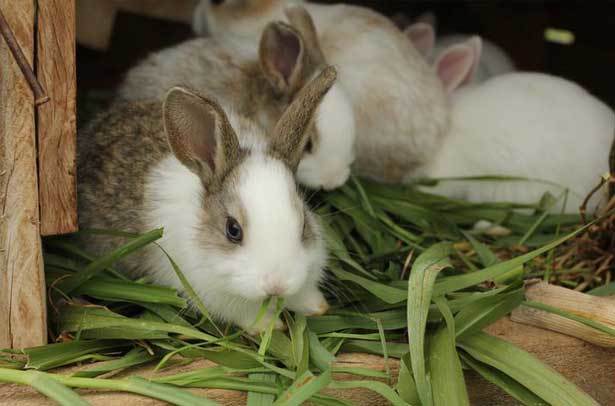
Grass requirements
Inexperienced owners of furry animals need to listen to the recommendations of breeders with many years of experience. Experienced specialists identify several nuances in the preparation of green mass for animals:
- only dry herbs or dried herbs are added to the feed of rabbits;
- you cannot use the green mass of ornamental plants (poppy, jasmine, buttercups);
- lawn greens do not differ in their nutritional composition, therefore they are rarely introduced into complementary foods;
- when harvesting plant mass, it is necessary to control the presence of harmful plants;
- when collecting plants on the site, it is necessary to ensure that there is no animal excrement (dog, cat, rat) in the green mass.
If the number of animals is small, it is recommended to pick the herbs by hand. This measure is necessary to avoid oxidation of greens from contact with metal elements. If there are many rabbits, the plants will mow or use a sickle.
Correctly harvested herbs will provide animals with useful elements for the whole year. Drying herbs is recommended in a well-ventilated attic. A dry room is used to store hay.
